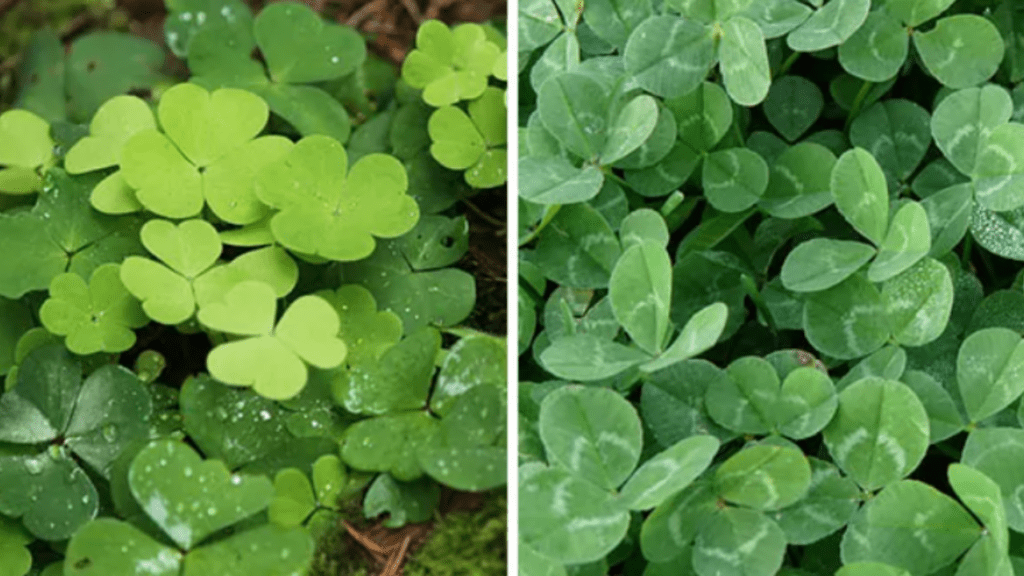
Wood Sorrel vs Clover: A Comprehensive Comparison Guide
Are you tired of not knowing the difference between wood sorrel vs clover? Are you struggling to decide which plant is best for your garden? Look no further! In this comprehensive comparison guide, we will break down the differences and similarities between wood sorrel vs clover, giving you all the information you need to make an informed decision. Say goodbye to confusion and hello to a thriving garden with the help of this essential guide.
Wood sorrel vs clover may look similar at first glance, but there are key differences that can impact your gardening decisions. Understanding these differences will help you choose the best plant for your specific needs. From their appearance to their growth habits, we will cover everything you need to know to make the right choice. Don’t let uncertainty hold you back from creating the garden of your dreams. With this comparison guide, you’ll be able to confidently select the perfect plant for your garden and watch it flourish. Say goodbye to guesswork and hello to a beautiful, thriving garden with the help of this valuable resource.
Table of Contents
ToggleIntroduction to Wood Sorrel and Clover
Hello and welcome to the ultimate guide to understanding the differences between wood sorrel and clover. If you’ve ever struggled with telling these two plants apart, then this is the resource you’ve been looking for. We’re here to clear up any confusion and help you make informed decisions for your garden. So say goodbye to uncertainty and hello to a thriving garden with the help of this essential guide. Let’s dive in and get to know these plants inside and out.
Understanding the Key Differences
Wood sorrel and clover may look similar at first glance, but there are some key differences that you need to be aware of. From their appearance to their growth habits, we’ll break down everything you need to know to confidently choose the right plant for your garden. No more second-guessing or confusion, just clear and concise information to help you make the best decision for your outdoor space.
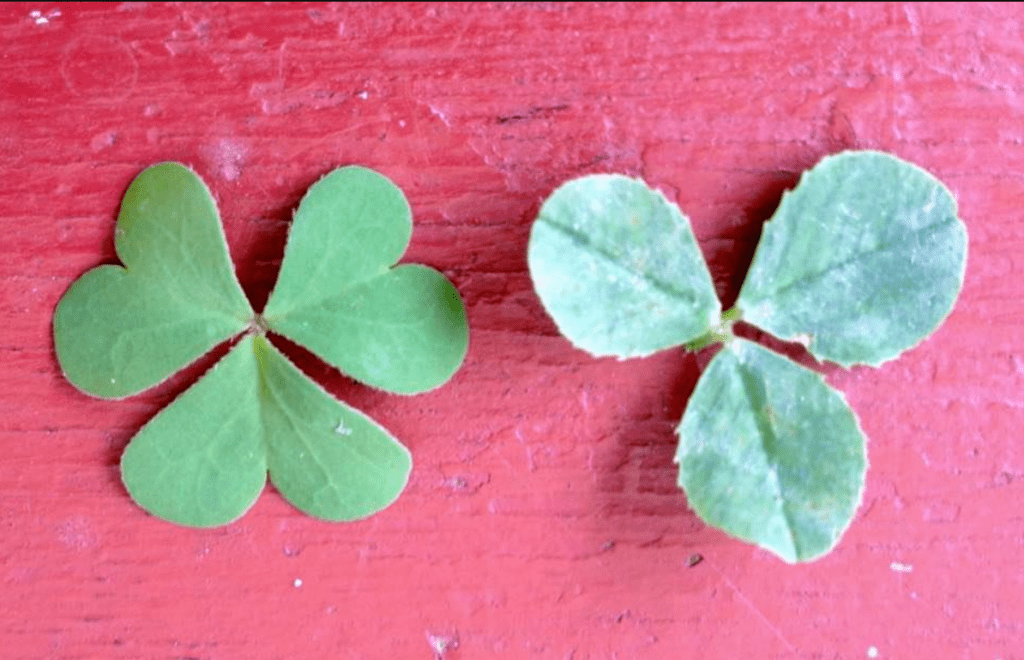
Making Informed Decisions
With this comparison guide, you’ll be equipped with the knowledge you need to make informed decisions about which plant is best for your garden. No more guessing or blindly choosing based on appearance alone. This resource will empower you to confidently select the perfect plant for your specific needs and watch it thrive in your garden.
Say Goodbye to Guesswork
Gone are the days of uncertainty and guesswork. With this guide, you’ll have all the information you need to confidently choose the right plant for your garden. No more worrying about whether you’ve made the right choice or not. With this valuable resource, you can say goodbye to doubt and hello to a beautiful, flourishing garden that you can be proud of.
So don’t let uncertainty hold you back from creating the garden of your dreams. With this comparison guide, you’ll have everything you need to confidently select the perfect plant for your garden and watch it flourish. Say goodbye to guesswork and hello to a beautiful, thriving garden with the help of this essential resource.
Physical Characteristics and Appearance
Impact on Your Garden
When it comes to physical characteristics and appearance, it’s important to consider the impact that the right plant can have on your garden. With this guide, you’ll be able to easily compare and contrast different plants based on their physical attributes, such as size, color, and shape. No more second-guessing whether a certain plant will fit in with your garden’s aesthetic—this guide will provide you with all the information you need to make an informed decision.
Confidence in Plant Selection
Say goodbye to uncertainty and hello to a garden that is visually stunning and perfectly tailored to your taste. Don’t settle for guesswork when it comes to the appearance of your garden—use this guide to confidently choose the best plants for a picture-perfect landscape.
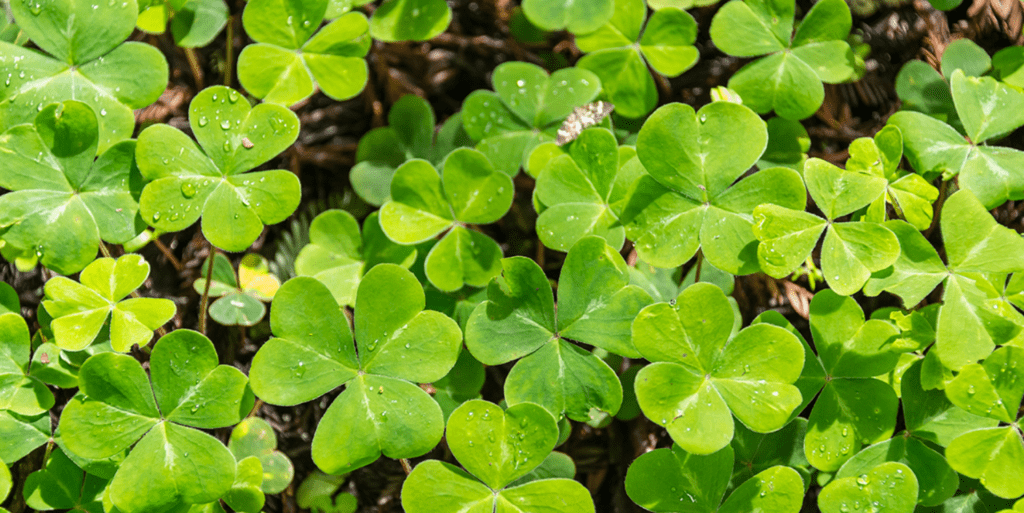
Overcoming Doubts
Don’t let the fear of choosing the wrong plant hold you back from creating the garden of your dreams. This comparison guide is your key to confidently selecting the perfect plants based on their physical characteristics and appearance.
Achieving a Stunning Garden
Say goodbye to uncertainty and hello to a garden that will leave everyone in awe. With this essential resource, you can say goodbye to guesswork and hello to a beautiful, thriving garden that reflects your unique style and taste.
Final Encouragement
Don’t settle for anything less than perfection—use this guide to create a visually stunning and perfectly tailored garden that you can be proud of.
Growing Conditions and Maintenance
Confident Plant Selection
Say goodbye to the frustration of struggling to keep your plants alive and thriving in your garden. With this guide, you can confidently select plants that are perfectly suited to your specific growing conditions, whether it’s full sun, shade, dry soil, or wet soil. Don’t let the fear of high-maintenance plants hold you back from achieving the garden of your dreams.
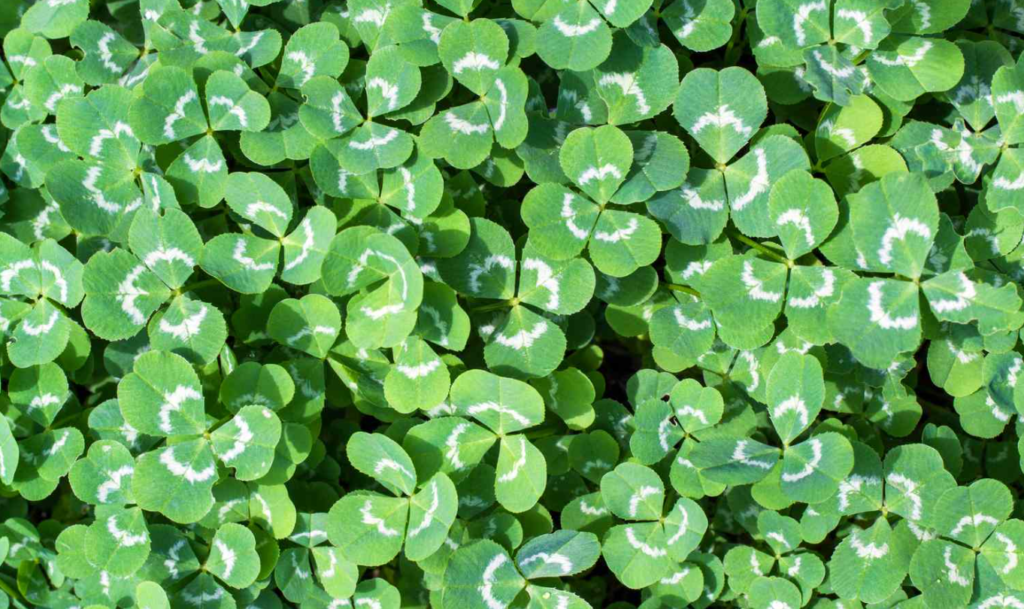
Low-Maintenance Choices
This comparison guide will help you choose low-maintenance plants that will thrive with minimal effort, allowing you to enjoy a beautiful garden without the stress of constant upkeep. Say goodbye to the struggle of finding the right plants for your garden’s growing conditions and maintenance needs, and hello to a lush and healthy garden that practically takes care of itself.
Perfect Fit for Your Garden
Don’t settle for plants that don’t suit your garden’s requirements—use this guide to confidently select the perfect plants that will thrive in your specific environment with minimal maintenance. Say goodbye to frustration and hello to a garden that practically takes care of itself, leaving you more time to simply enjoy its beauty.
Take Control
Don’t settle for anything less than perfection when it comes to your garden. Take control of your growing conditions and maintenance needs with this guide, and create a visually stunning and perfectly tailored garden that you can be proud of.
Achieving Your Dream Garden
Say goodbye to the frustration and stress of struggling to keep your plants alive and thriving, and hello to a garden that practically takes care of itself. With the right plants and minimal maintenance, you can achieve the garden of your dreams without the hassle. Don’t let the fear of high-maintenance plants hold you back—use this guide to confidently select low-maintenance plants that will thrive in your specific environment.
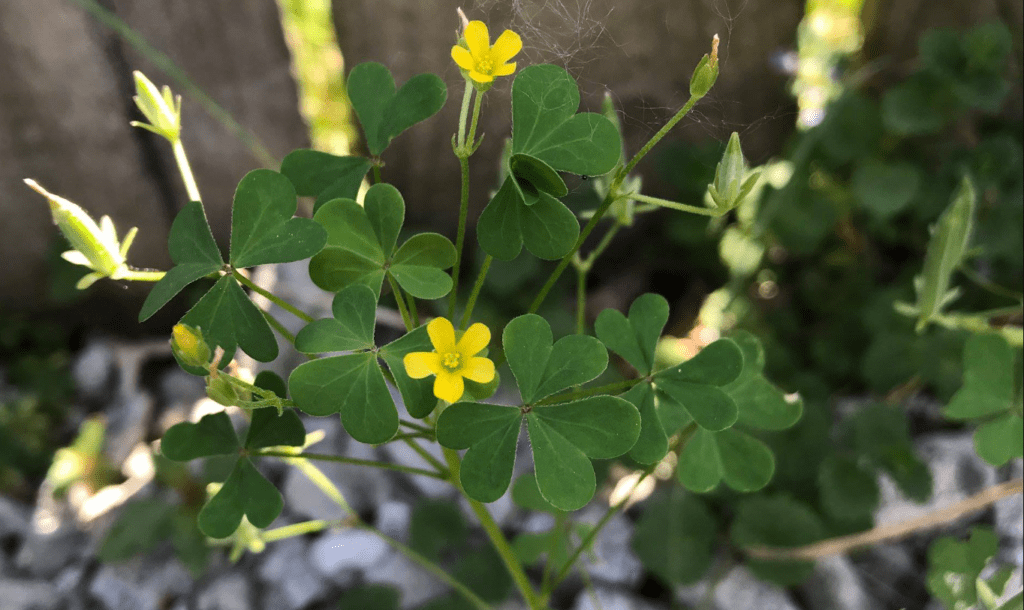
Final Encouragement
Say goodbye to settling for plants that don’t suit your garden’s needs, and hello to a lush and healthy garden that you can enjoy without the constant upkeep. Don’t settle for anything less than perfection—use this guide to create a garden that you can be proud of.
Uses and Benefits
Time and Effort Savings
The uses and benefits of using this guide are numerous. By following its advice, you can save time and effort by selecting low-maintenance plants that will thrive in your specific environment. You can also create a visually stunning and perfectly tailored garden that you can be proud of.
Control and Ease of Maintenance
Additionally, this guide will help you take control of your growing conditions and maintenance needs, allowing you to enjoy the beauty of your garden without the frustration and stress of struggling to keep your plants alive and thriving. Say goodbye to settling for plants that don’t suit your garden’s needs, and hello to a lush and healthy garden that practically takes care of itself.
Achieving Your Dream Garden
Don’t miss out on the opportunity to enjoy a beautiful, low-maintenance garden—use this guide to create the garden of your dreams. With this guide, you can say goodbye to the frustration of trying to make unsuitable plants thrive in your garden. Instead, you can welcome in a garden that not only suits your needs but also requires minimal upkeep.
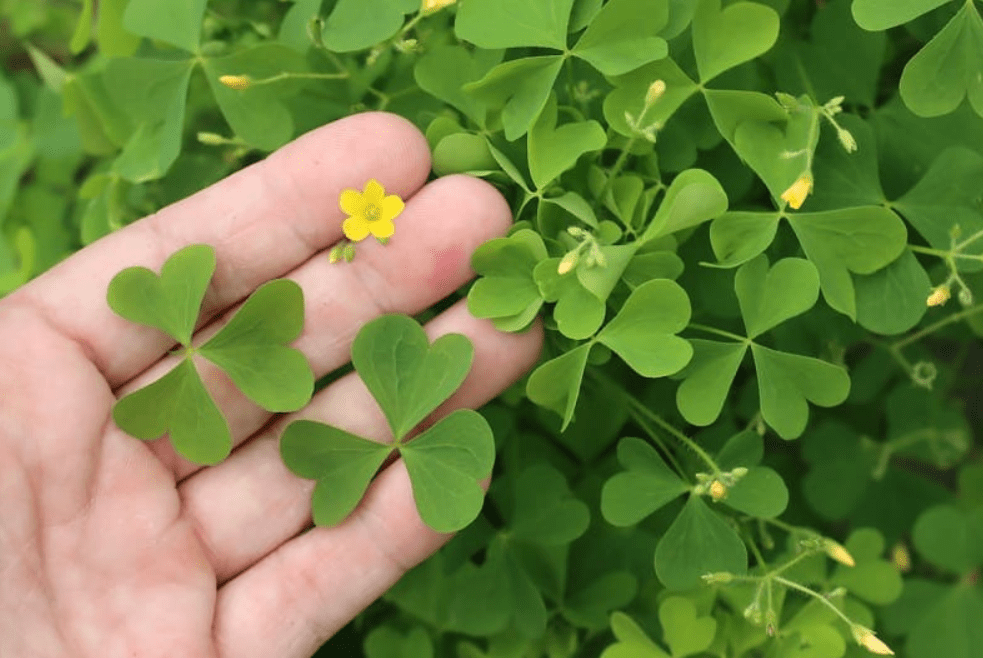
Maximizing Benefits
No more settling for anything less than perfection—use this guide to create a garden that you can be proud of. The uses and benefits are endless, from saving time and effort to enjoying a visually stunning and perfectly tailored garden. Take control of your growing conditions and maintenance needs. Enjoy a beautiful, low-maintenance garden that practically takes care of itself.
Final Encouragement
Take advantage of this opportunity to transform your garden into a haven of beauty and relaxation. Why settle for plants that don’t suit your garden’s needs when you can easily create a lush and healthy garden with minimal effort? This guide is your ticket to a stunning, low-maintenance garden that will bring joy and tranquility to your outdoor space. Don’t miss out on the chance to enjoy a garden that practically takes care of itself—use this guide to make your gardening dreams a reality.
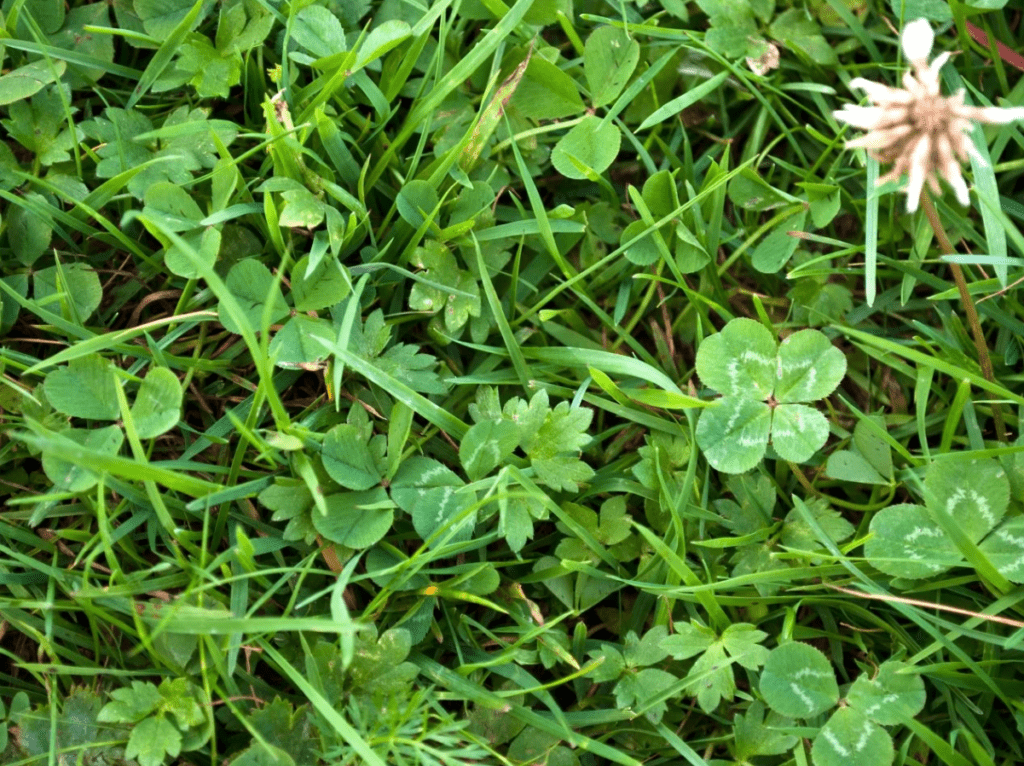
Potential Drawbacks and Considerations
While there are countless benefits to using this guide to create a low-maintenance garden, it’s important to consider a few potential drawbacks. One consideration is the initial investment of time and resources required to plan and implement the changes to your garden. It may take some effort and patience to transition to a low-maintenance garden, but the long-term benefits far outweigh the initial challenges.
Visual Impact and Design
Another potential drawback is that some plants and landscaping features requiring minimal maintenance may not provide the same level of visual impact. This trade-off is something to consider when planning your garden. This is often seen when compared to high-maintenance options. However, the trade-off can be worth it for a more manageable garden. However, with careful planning and strategic design, you can still achieve a stunning and visually appealing garden with low-maintenance requirements.
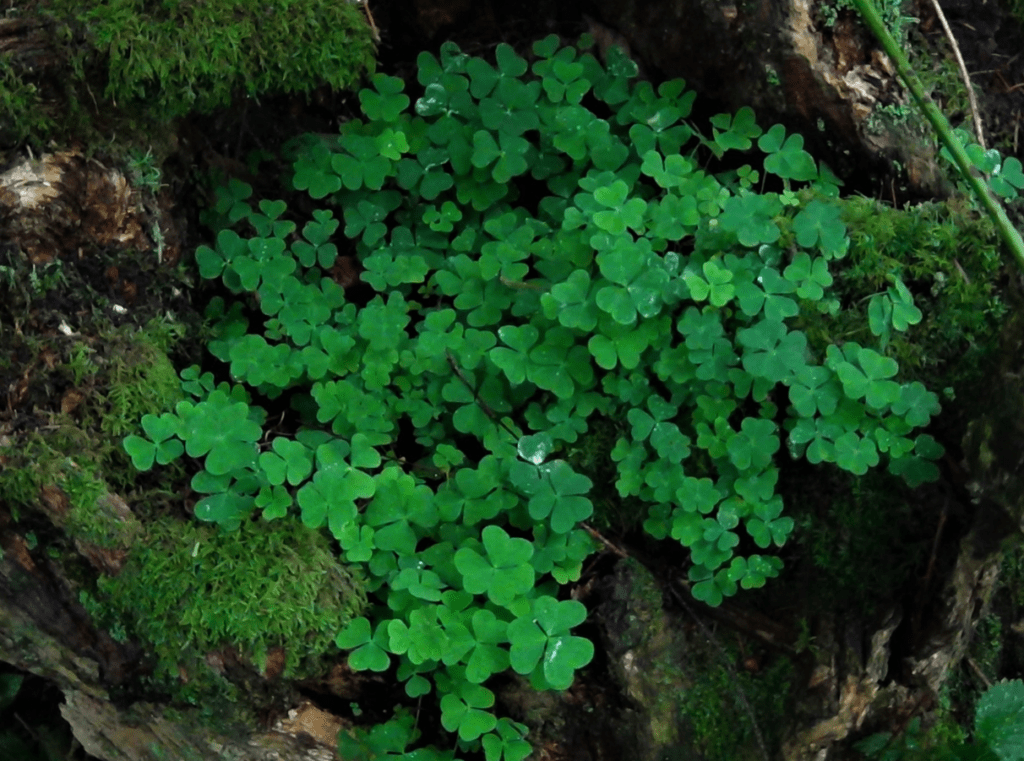
Suitability to Garden Environment
Importance of Matching Plants to Conditions
It’s also important to consider the specific needs and conditions of your garden environment. Not all low-maintenance plants will thrive in every climate or soil type. Be sure to carefully research and select plants that are well-suited to your specific growing conditions.
Minimal Drawbacks Compared to Benefits
Overall, the potential drawbacks and considerations are minimal compared to the immense benefits of creating a low-maintenance garden. With the right planning and approach, you can enjoy a beautiful, thriving garden that practically takes care of itself. So don’t let these potential drawbacks deter you from using this guide to create the garden of your dreams.
Transitioning to a Low-Maintenance Garden
Transitioning to a low-maintenance garden may seem like a daunting task, but the long-term benefits make it all worth it. Yes, there may be some initial challenges. The visual impact may not be as striking as high-maintenance gardens. However, with careful planning and design, you can still achieve a stunning and appealing landscape.
Choosing the Right Plants
Consider the specific needs of your garden environment. Choose low-maintenance plants that are well-suited to your climate and soil type. The potential drawbacks and considerations are minimal compared to the immense benefits of creating a low-maintenance garden.
Final Encouragement
With the right approach, you can enjoy a beautiful, thriving garden that practically takes care of itself. So don’t let these potential drawbacks deter you from creating the garden of your dreams. It’s well worth the effort.
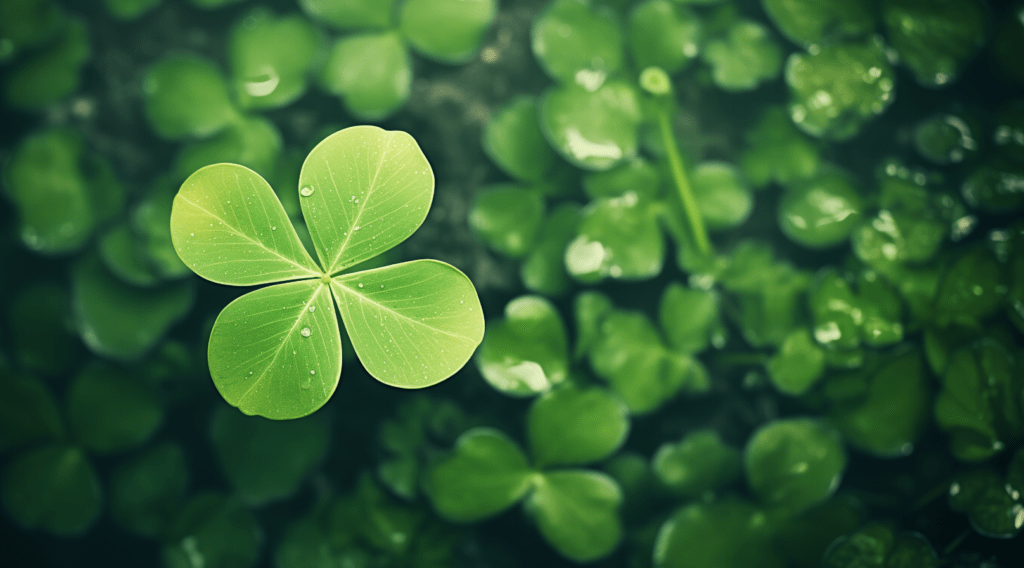
Conclusion: Making the Best Choice for Your Garden
Creating a low-maintenance garden is a decision that will ultimately save you time, money, and effort in the long run. Yes, there may be some initial challenges and adjustments to make, but the payoff is well worth it. With careful planning and thoughtful plant selection, you can create a stunning, vibrant garden that is easy to care for. So, don’t let the potential drawbacks hold you back from creating the garden of your dreams. Embrace the idea of a low-maintenance garden and reap the benefits for years to come. It’s a choice that will bring you joy and satisfaction. It allows you to spend more time enjoying your garden, rather than constantly tending to it. Trust me, you won’t regret it.
Trust me, the effort you put into creating a low-maintenance garden will be well worth it in the long run. Think about all the time, money, and energy you’ll save by not constantly tending to a high-maintenance garden. With a little planning and thought, you can have a beautiful, vibrant garden that practically takes care of itself. Don’t let the initial challenges hold you back from enjoying a low-maintenance garden. Embrace the idea and see the joy and satisfaction it brings you for years to come. It’s a choice that will allow you to spend more time enjoying your garden, rather than constantly working on it. Believe me, the payoff is absolutely worth it.
Frequently Asked Question (FAQ)
- Wood Sorrel: Has heart-shaped or triangular leaves with a distinctive three-leaf pattern and small, five-petaled flowers. The flowers come in colors like white, pink, or yellow.
- Clover: Features trifoliate leaves, often with distinctive markings (like the white ‘V’ on white clover), and round or oval-shaped flowers in colors like white, pink, or purple.
- Wood Sorrel: Known for its tart, lemony flavor, it’s commonly used in salads, soups, and as a garnish.
- Clover: Typically not used in cooking. However, clover flowers can be used to make herbal teas and clover leaves are sometimes used in salads.
- Wood Sorrel: Prefers shade to partial shade and moist, well-drained soil. It can tolerate a range of soil types but does best in slightly acidic to neutral pH.
- Clover: Thrives in full sun to partial shade and well-drained soil. It is adaptable to a variety of soil types and is often used in lawns and as ground cover.
- Wood Sorrel: Adds aesthetic value with its unique leaf shape and vibrant flowers. It can also be used for culinary purposes and is a resilient ground cover.
- Clover: Helps improve soil fertility by fixing nitrogen, making it beneficial for garden soil. It also provides excellent ground cover and is used in lawn mixtures.
- Wood Sorrel: Can spread rapidly if conditions are favorable. Regular weeding and controlling moisture levels can help manage its spread.
- Clover: While clover is often desirable for its soil benefits, it can become invasive. Regular mowing and maintenance can help control its spread, especially in lawns.
- Wood Sorrel: In some contexts, it may be considered a weed, especially if it overtakes garden spaces, but it’s also valued for its ornamental and culinary uses.
- Clover: Often seen as a beneficial plant, particularly in lawns and gardens, due to its nitrogen-fixing properties. However, it can be considered a weed in some cultivated areas if it spreads excessively.
Yes, they can coexist. Wood Sorrel prefers shadier conditions, while Clover thrives in sunnier spots. Careful management of their respective growth environments can allow both to flourish without significant competition.
Wood Sorrel: It can act as a ground cover, potentially shading and competing with other plants for light and nutrients. Its rapid growth in shaded areas might crowd out less vigorous plants. However, it generally does not have a strong competitive impact on more robust garden plants.
Clover: Known for its nitrogen-fixing abilities, clover can enrich the soil, benefiting surrounding plants by improving soil fertility. Its growth can suppress weeds and provide a living mulch, which can be advantageous for garden health. However, if clover spreads too aggressively, it may compete with other plants for space and light.
